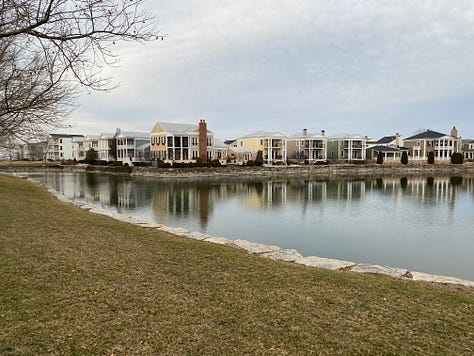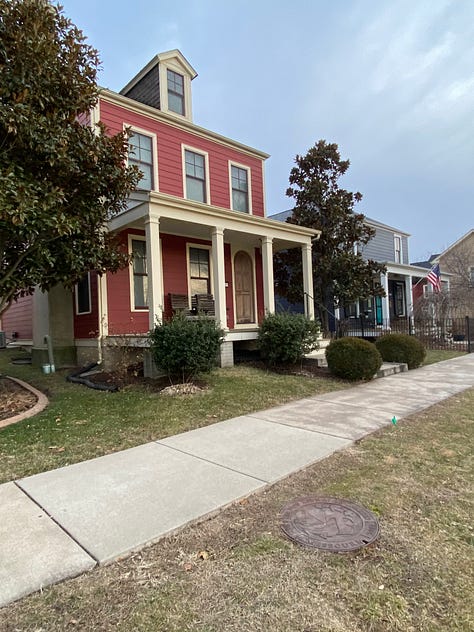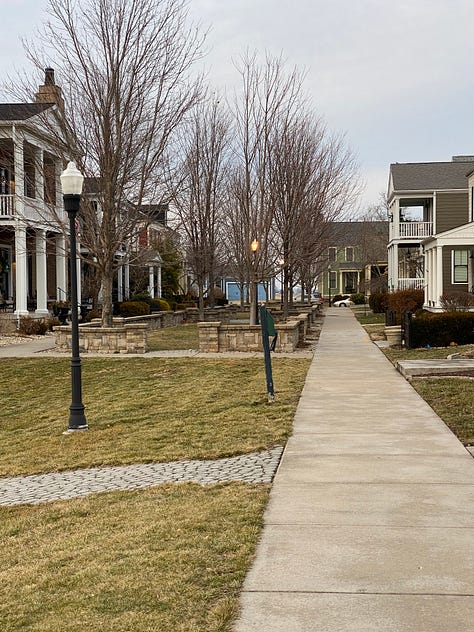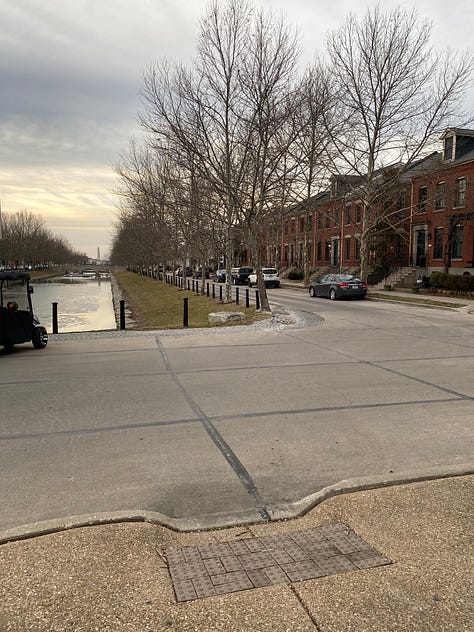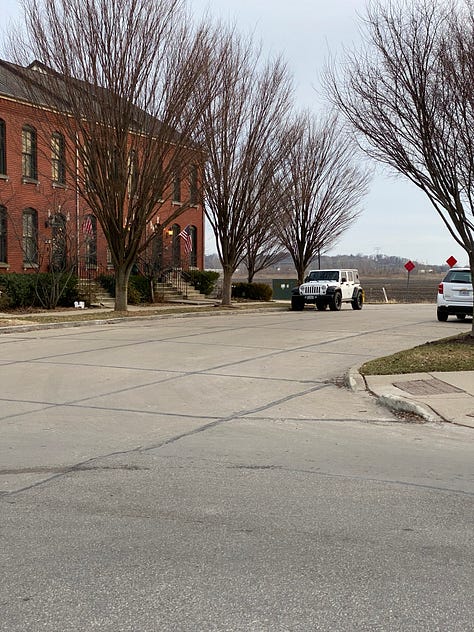Life in a New Urbanist Community
Almost two years ago, my husband Joel and I stumbled across New Town, a small new urbanist community outside of St. Louis, and our lives were altered.
We had been miserable in St. Louis, renting in an apartment with absolutely no sidewalks or ability to walk anywhere except the apartment grounds. Desperate to get a little more space with our two little tots, we had just moved out of that apartment to a big box house in a cul-de-sac neighborhood that had sidewalks the month before visiting New Town. However, there were still no trees, no easy and safe destinations to walk to, and plenty of fast drivers. I think I saw three bad car accidents within a few minutes of our house for the six months we lived there. (In the Netherlands, when there’s a car accident, they try to fix the design of the roads to prevent further ones. That would never happen in our suburban areas in the States.) Even though we had identical houses, it was impossible to talk to the neighbors, because everyone pulled into their garages to walk inside. The yards were unbearable to play in (have I mentioned no trees?) and the wide streets were full of fast drivers desperate to pull into their castle and retreat from the outside world.
So when we went on a dinner date to New Town to check it out, we were flabbergasted. It was beautiful and a beautiful day, and it seemed unreal. Everyone always says it seems fake and unreal, but that’s because it is beautiful, and newly built, but has an old classic charm that doesn’t make sense in our brains. The main thing I loved, besides the beauty, was the groups of kids running around town unsupervised.
You could immediately tell there was a lot of philosophy behind the design and existence of the town, and we immediately guessed who designed the town: Andrés Duany and his team. We had randomly come across his name because our favorite philosopher Roger Scruton had done a conference with him once, but we were not familiar with new urbanism or the details of it. The town spoke for itself though, and we immediately started reading all about the philosophy behind it.
To summarize the philosophy quickly, towns should be designed for people, not cars.
I took a few pictures of the town because we were so amazed, and I like looking back at those pictures. It was the end of February, so there were no flowers, leaves, or much green anywhere, but the features of the city planning stood out. I took pictures of the beautiful and useable alleys, the canals and ponds, and the traditional architecture. We immediately started looking at houses for sale, and one month later, we put in an offer on our current home. Our story is not uncommon either. When people see the town, they generally love it and move there right away, or they decide the small lots and houses so close together would drive them crazy. We were obviously in the former group.
